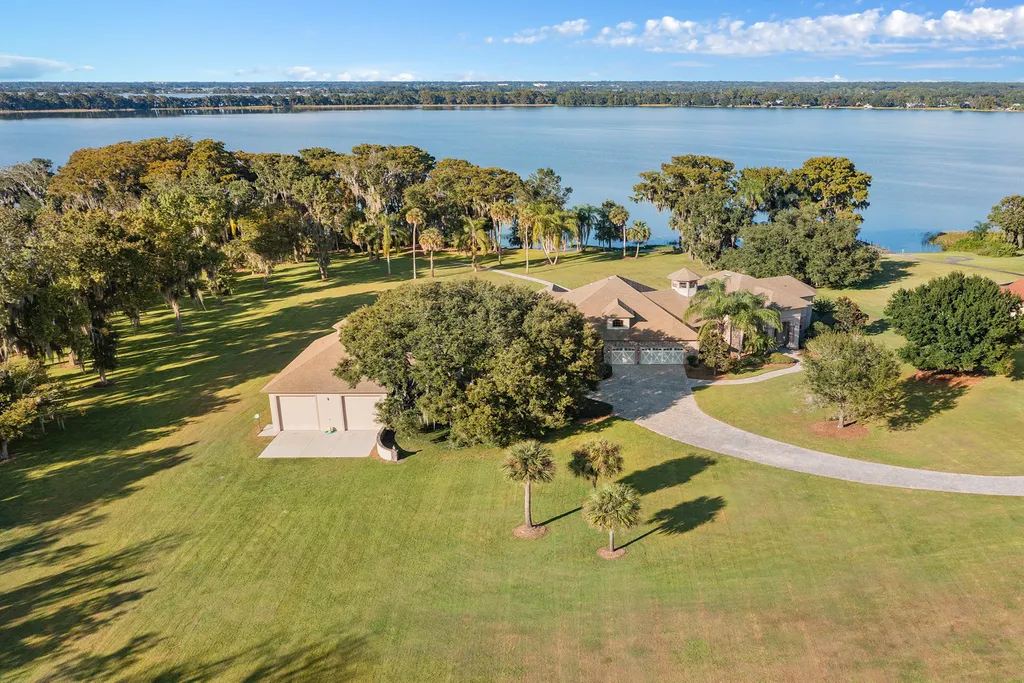Whether at home or work, landscaping allows plants to flourish. It will enable plants to beautify the place by providing adequate water and healthy soil and allowing enough sunlight penetration. But still, to understand landscaping better, the best thing is to learn from the experts.
For example, if you find Highland Grove Landscaping & Farm in Mount Dora FL, you will understand the principles of landscape design. These designs contain tools designers use to create beautiful and pleasing landscapes. So, before you even start planning your landscaping projects, let’s find out the principles that will make your landscapes more appealing.
Balance
In landscaping, the thoughtful arrangement of elements provides a sense of aesthetics and comfort to bystanders and onlookers. This arrangement could range from plants, hardscape features, and even lighting. It also considers the placement of these features in a way that elicits rhythm and balance. And balance is a landscaping principle that entails all forms of art. And these forms of art range from types of designs by which you set plants or fixtures in patterns or models that complement the look of your place.
When done correctly, balance aims to give your space a simple, elegant appearance while remaining visually attractive. And more importantly, balance is a state of being and seeing how your landscape appears to the outside world. In this sense, landscaping balance is a sense of equality. And that sense of equality comes in two ways, including asymmetrical and symmetrical.
Asymmetrical and Symmetrical Landscaping Balance
Asymmetrical is also known as “informal landscaping balance,” and it’s when you arrange your plants and landscaping fixtures in a way that they mirror each other from side to side. This way, you create an inviting and pleasing landscape to look at; hence, it’s also a way of marketing your place when you’re into real estate.
Most landscapers use geometrical patterns to decorate their walkways and plant beds and even create shapes and designs when doing asymmetrical landscaping balance. And still, asymmetrical balance involves determining the weight of the plants and fixtures you use. And then, you also combine color, size, and branching density to match each plant and fixture to the other sides of your landscape.
On the other hand, symmetry only involves mirroring the plants and fixtures from one side of the garden to the other. It doesn’t entail determining fixtures and plants’ sizes, colors, and even weight.
Focalization
To make your landscape more inviting, design centers of attraction. Create places that capture the attention of anyone that approaches your site, which is known as focalization. And remember, the idea of focalization is a matter of your preferences. It could be simple plants or other fixtures like bulbs or anything else you want to incorporate into your designs. It could even contain pergolas, water features, and sometimes statues.
Whatever you choose, ensure your landscaping focalization aims at attracting the attention of anyone who visits your place. For example, use trees and group them according to species, appearances, flowers, and even sizes. You can still install shrubs with the same or a mixture of shapes and textures to create visual appeal. And when done correctly, focalization provides the following benefits.
Creating Attractive Sounds
Although the fundamental purpose of focalization is to create appealing visuals, you can also use it to make sounds. For instance, install a bubbling pot or a foundation that lights up your garden and then lets water flow from side to side, creating sounds that make the place appear like a waterfall or a natural water source. This way, people will always want to visit your backyard or garden to see how you made it look incredibly appealing.
Creating Direction
If your landscaping project is large, you can encourage guests by giving them directions to areas they want to view with or without your presence. This way, you create an illusion in your guests’ minds that they are visiting better sites ahead. So, develop directions with your focal areas, such as flowers or fixtures arranged in lines that direct people anywhere you know is more visually appealing.
Simplicity
As the name suggests, this is when you make your landscapes simple. It means avoiding clutter in areas such as walkways and anywhere else you want guests to visit and enjoy. It could also entail installing decorative elements in the sitting regions, like the decks or patios. Simplicity also entails avoiding using too many shapes, colors, and curves that make it uncomfortable for some guests.
